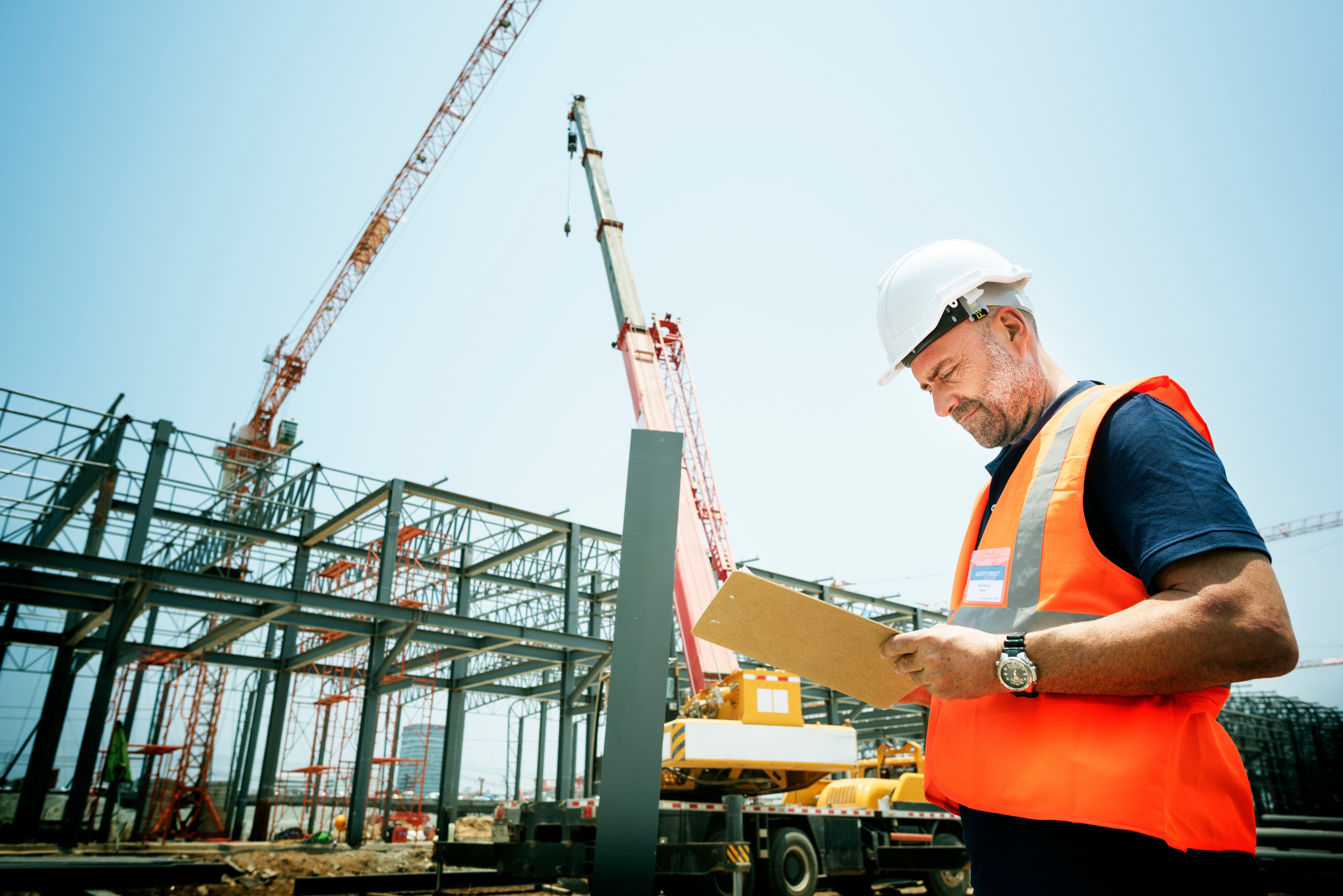Safety on construction sites: how to monitor and prevent risks

The construction site is one of the most risk-prone workplaces, where it is easy to incur harmful accidents or injuries. Ensuring the safety of workers on construction sites, especially in isolated conditions, has become a priority for all companies and contractors.
Compliance with regulations is a fundamental element and, even before considering the implementation of technology to monitor work activity on construction sites, it is essential to have a solid understanding of the relevant regulations. The first step towards a responsible and successful application of technology is to acquire a thorough knowledge of the rules, laws and guidelines that govern the area of interest. Compliance with regulations does not hinder technological innovation, but rather enhances its long-term success.
What are the protective measures to ensure the safety of workers?
Proper planning and scheduling of site safety procedures must necessarily identify the workers employed, the operational activities and the risks to which they are exposed. The risks associated with work on construction sites are many and can be attributed to various factors that can be classified as follows:

Risk assessment is drawn up with the aim of identifying the most appropriate interventions to prevent illness and accidents at work and, more generally, to reduce the possibility of harmful events occurring. Protection interventions, on the other hand, tend to mitigate the negative effects of a harmful event. Specifically, among the interventions that the contractor can adopt are organisational and operational measures and technological updates; technical measures of collective and individual prevention and protection; adequate worker information, education and training activities.
Reducing the probability of occurrence of potentially harmful events also requires knowledge of the risks. Education, information, and training therefore take on the role of indispensable tools to increase each worker's awareness and sensitivity.
Isolated workers: who they are and how to protect them
A worker operating on a construction site may act as part of a team but remain out of contact with other members for short windows of time or, in other situations, may find himself working entire days without any kind of supervision or cooperation: in all these cases we speak of worker isolation.
Isolation can also occur due to external causes, such as long working hours, night shifts and remote or difficult to access locations. Those who are alone can only rely on themselves and this, besides being a safety risk, can turn into a factor of stress, discomfort and even job discrimination.
Another possible scenario is where the worker carries out his or her activity within a confined space (e.g. pipes, trenches, tunnels, sewers, etc.) or subject to alterations in the environment due to the action of polluting agents. All these variables must be contained and dealt with by appropriate safety procedures, formalised with a permit to work in a confined space and/or a suspected polluted space, an emergency plan subdivided into alarm, rescue/rescue, rescue, and finally the identification and description of specific protective devices.

Workers cannot work alone in isolated places. Therefore, the presence of a close person or the use of specific technological devices for emergency communication and/or distress calls is always indispensable.
Technological devices must be provided and maintained in good working order by the employer. In this context, private smartphones are not the appropriate means to preserve health and safety. Since they do not have a man-down function, they are inadequate in the event of an illness and/or accident with loss of consciousness.
Control 1st: a technology in the service of worker safety
The employer needs to ensure timely and effective communication of emergencies and distress calls for isolated workers and, more generally, for workers on construction sites. A response to this need is provided by the Smart Safety application silo of the Control 1st platform. This is an electronic and computerised system designed to monitor the position and operating condition of workers carrying out their activities in difficult environments, created thanks to Beta 80 Group's many years' experiences in the field of accident, rescue and emergency management systems.
Real-time verification of the worker's condition is implemented using individual protection devices (wearable TAGs, vehicular TRANSPONDERs, etc.), specially designed to function in critical environments and connected to each other and to the Smart Safety application via a WBN (Wireless Body Network). In this way, Smart Safety is able to intercept events from the field and convey alarms to a monitoring and control centre or to rescue teams via a specific APP.
Safety on construction sites is a shared commitment that requires the collaboration of workers, companies and institutions to create a safe and secure working environment. It is necessary to promote the use of specific technologies that can monitor environments and resources and ensure timely management of any accidents and unforeseen events.









